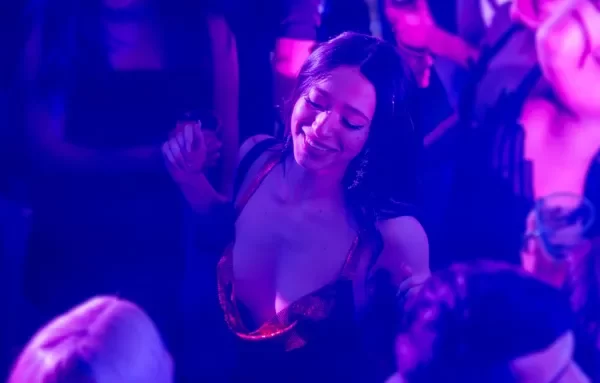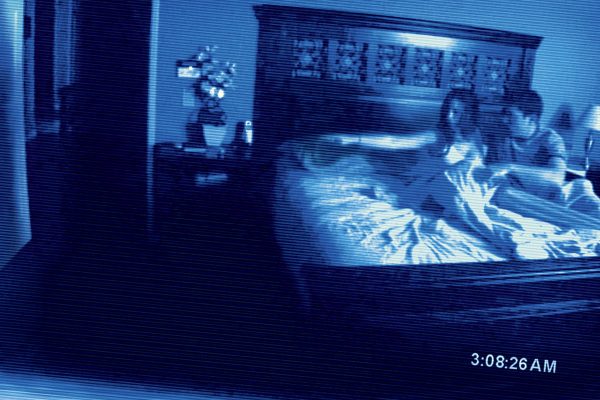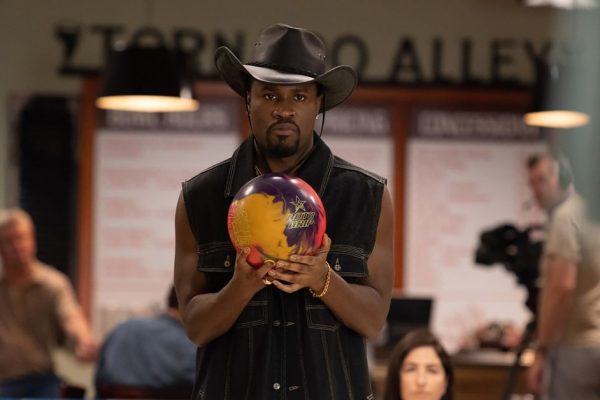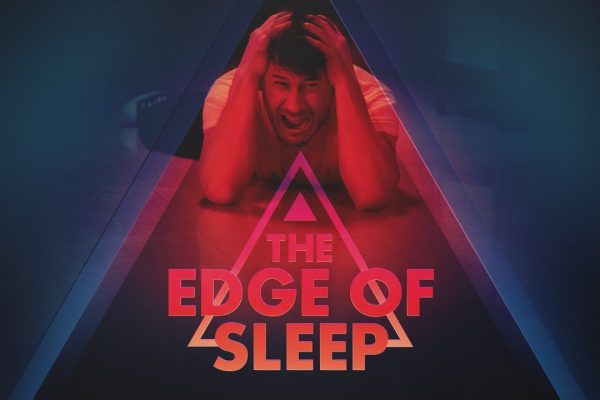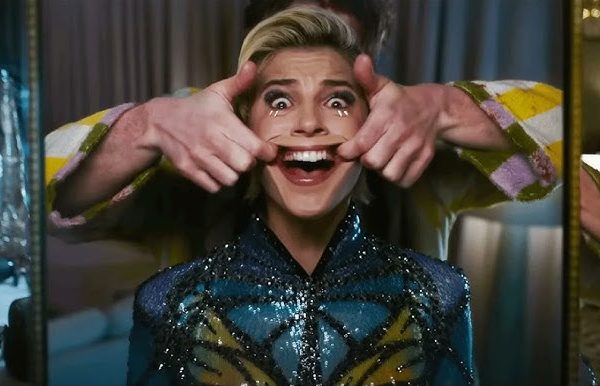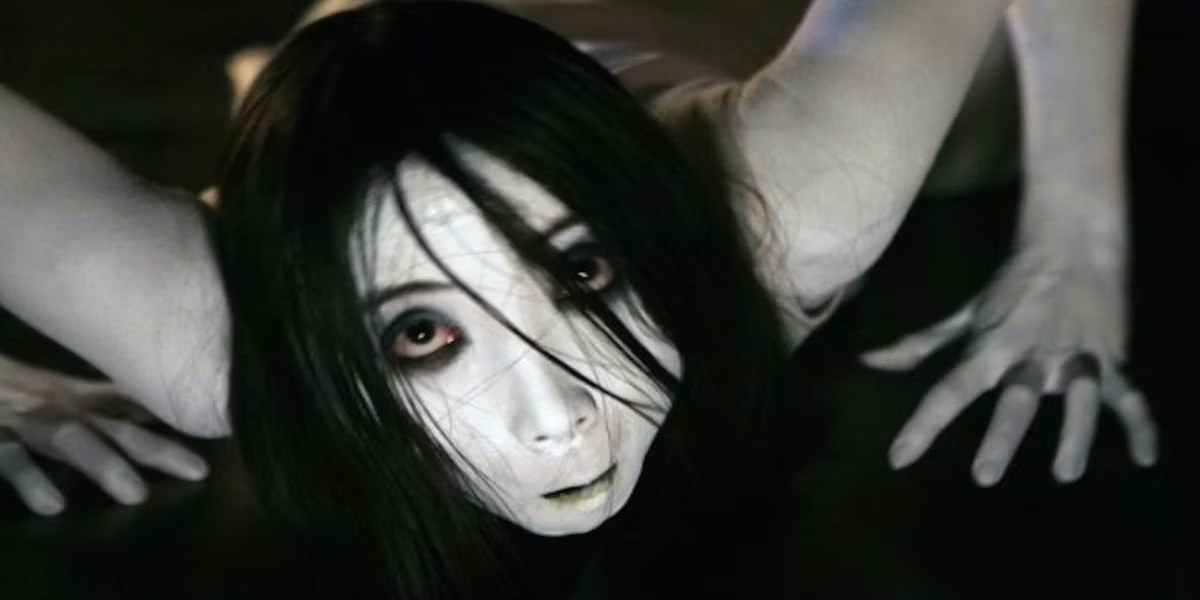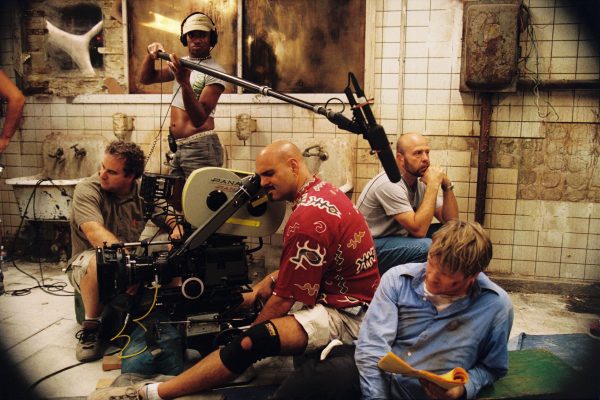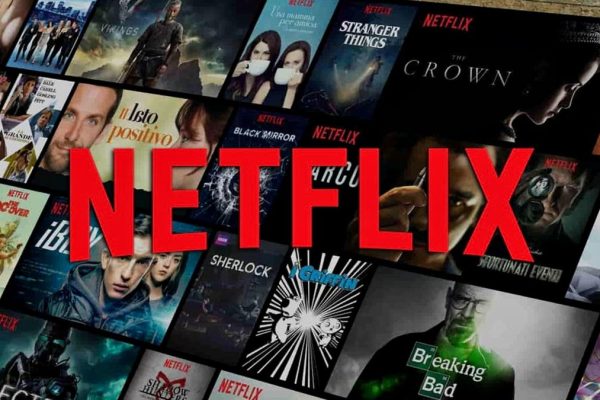
Netflix Reveals 2025 India Slate: Delhi Crime 3, Jewel Thief, and More
Films Aap Jaisa Koi – A romantic drama starring R. Madhavan and Fatima Sana Shaikh Dhoom Dhaam – A thrilling adventure about a shy man and a wild woman escaping danger on their wedding night, starring Yami Gautam Dhar and Pratik Gandhi. Jewel Thief – The Heist Begins – A gripping heist thriller with Saif Ali Khan and Jaideep Ahlawat. Nadaaniyan – A romantic tale with Ibrahim Ali Khan and Khushi Kapoor about a fake relationship turning real. Test – A drama involving love, ambition, and life-changing decisions set during a historic cricket match, featuring R. Madhavan and Nayanthara. Toaster – A darkly humorous tale of a penny-pinching man’s obsession with a wedding gift toaster, starring Rajkummar Rao and Sanya Malhotra. Series Akka – A gripping series set in 1980s South India about powerful gangster queens, starring Keerty Suresh and Radhika Apte. The Ba*ds of Bollywood** – A self-aware, high-stakes narrative about navigating Bollywood’s glamorous yet uncertain world, directed by Aryan Khan. Black Warrant – A drama about an undercover agent navigating corruption and social injustice, starring Zahan Kapoor and Rahul Bhat. Dabba Cartel – A thrilling story of five women accidentally running a drug cartel, starring Shabana Azmi and Gajraj Rao. Delhi Crime: Season 3 – DIG Vartika Chaturvedi unravels a human trafficking network in a global investigation, starring Shefali Shah and Rasika Dugal. Glory – A sports thriller about a legendary boxing coach and his estranged sons, starring Divyenndu and Pulkit Samrat. Khakee: The Bengal Chapter – A gripping drama about an IPS officer confronting gangsters and politicians, starring Jeet and Prosenjit Chatterjee. Kohrra Season 2 – A murder mystery in Punjab, starring Barun Sobti and Mona Singh. Mandala Murders – A chilling investigation into ritualistic murders linked to an ancient society, starring Vaani Kapoor and Surveen Chawla. The Royals – A rom-com about a prince and CEO rescuing royal and business fortunes, starring Bhumi Pednekar and Ishaan Khatter. Unscripted Dining with the Kapoors – A heartfelt look at Bollywood’s legendary Kapoor family, exploring their rich legacy. The Great Indian Kapil Show Season 3 – Comedian Kapil Sharma returns with more celebrity guests and humor. The Greatest Rivalry – India vs Pakistan – A documentary series on the fierce cricket rivalry, featuring Virender Sehwag and Sourav Ganguly. The Roshans – A documentary about the journey of one of Bollywood’s most influential families, from Rakesh to Hrithik Roshan. Vir Das Fool Volume – International Emmy-winning comedian Vir Das returns with a new special filmed across global cities. Short Film Anuja – An Oscar-nominated short film about two sisters navigating life-changing challenges. Live WWE – Exclusive streaming home for WWE’s flagship wrestling show with Hindi commentary. This 2025 lineup looks packed with a diverse mix of genres, including thrillers, dramas, comedies, and even live events like WWE. What are you most excited to watch?

